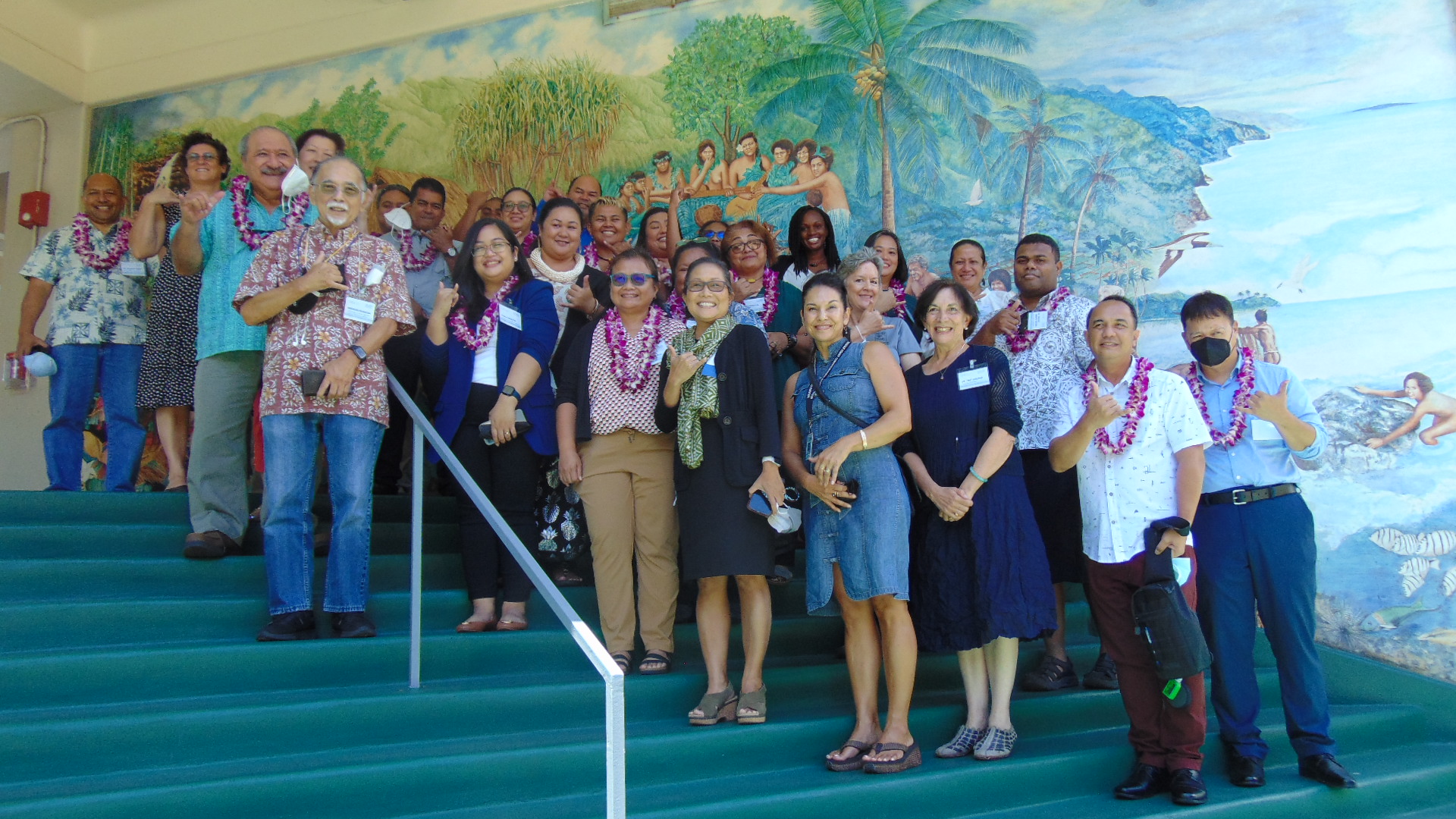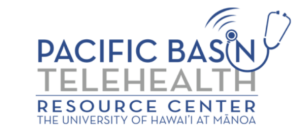History
PBTRC is rooted in a long history of working toward digital equity starting in the late 1960s.
Our Background
The Pacific Basin Telehealth Resource Center (PBTRC) is part of the University of Hawai’i Telecommunication and Social Informatics Research Program (TASI). TASI is an interesting acronym – which means “one” in Samoan and “Ocean/Sea” in Chamorro, the indigenous language of the Northern Mariana Islands (Guam and CNMI). Together, it means one ocean which is a fitting description for our program as we have and are continually connecting and networking with the US-Affiliated Pacific Island jurisdictions – from the westernmost island of Palau, to the Northern Marianas Island chain (Guam and CNMI), to the Federated States of Micronesia, the Republic of the Marshall Islands, and the southernmost island jurisdiction of American Samoa. TASI also represents connectivity by telecommunications, an area of focus that our program has worked on for many years.
PBTRC is rooted in a long history of working toward digital equity starting in the late 1960s and early 1970s with the start of the Pan Pacific Education and Communication Experiments by Satellite (PEACESAT) network. PEACESAT was a public service satellite network for rural areas in Hawai‘i and the Pacific Islands Region. The network provided innovative state of the art satellite communications introducing the first digital data transmission before the internet and the first interactive real-time video teleconferencing in the region. The network was used for distance learning, emergency management, economic development and telehealth. Further, the State Telehealth Access Network (STAN) was developed in partnership with other state agencies as one of the first telehealth networks in the state.
Timeline of Events
This timeline provides a chronology of our telehealth milestones and the foundation of which our relationships in the region are built upon.
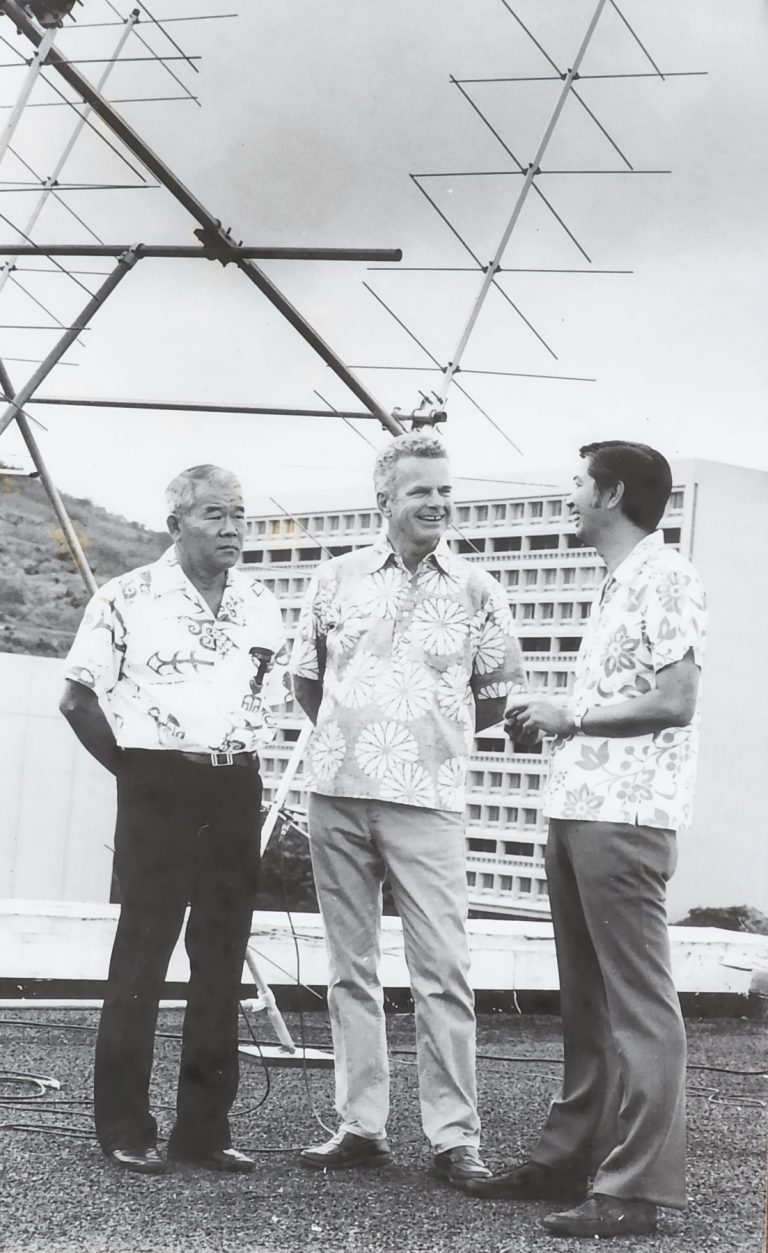
UH Proposal to NASA
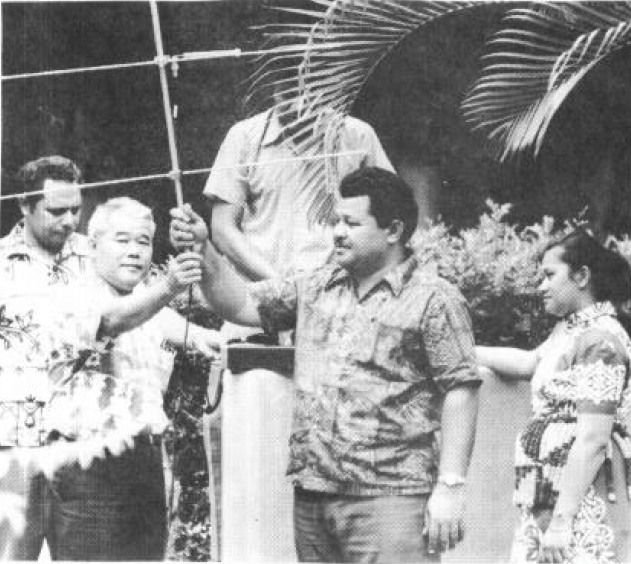
PEACESAT Network Grows in the Region
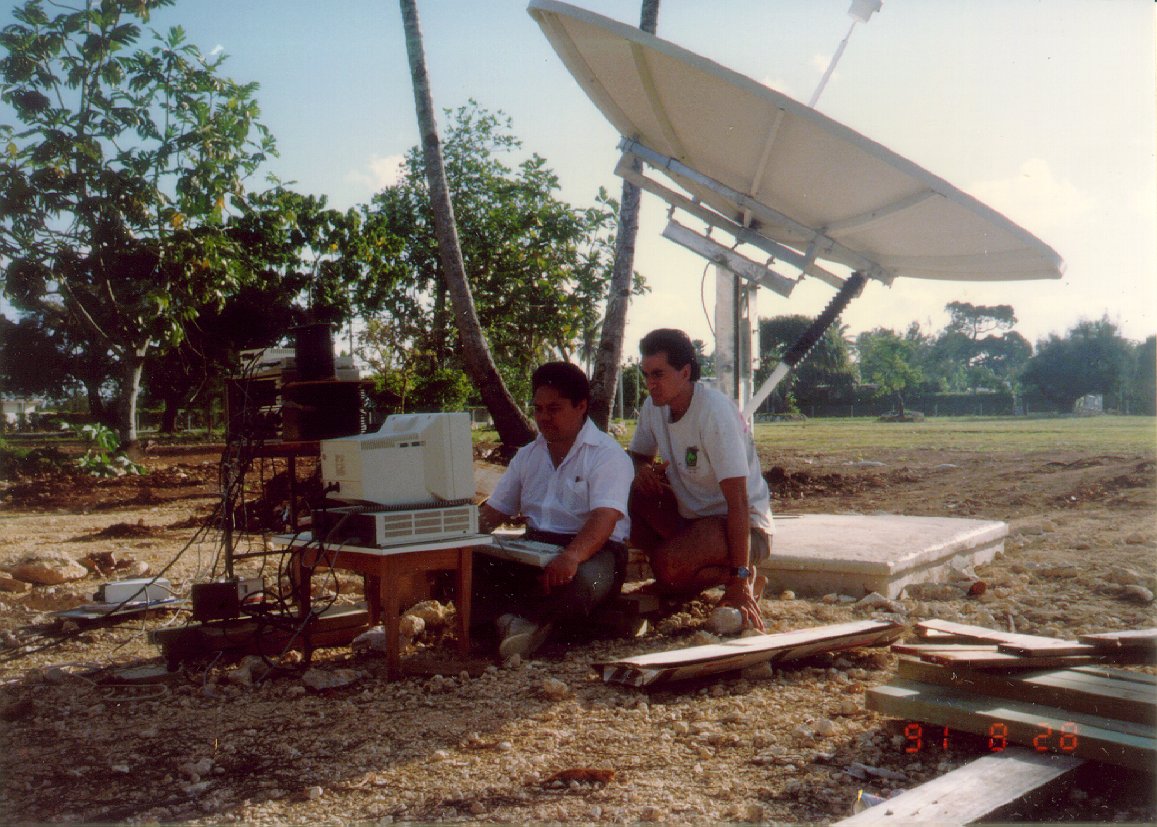
PEACESAT Turns Digital
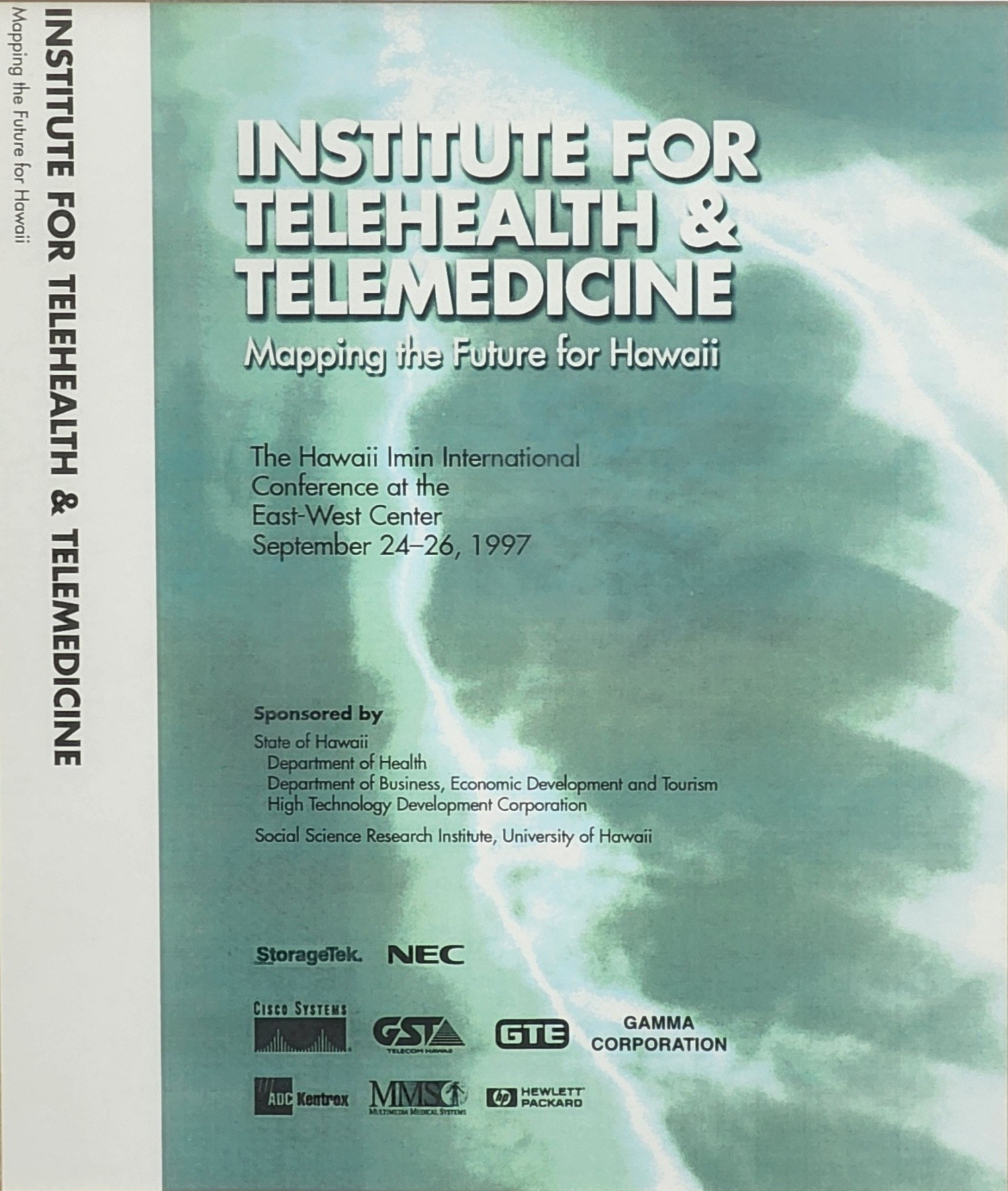
Hawai‘i State Telehealth and Telemedicine Institute
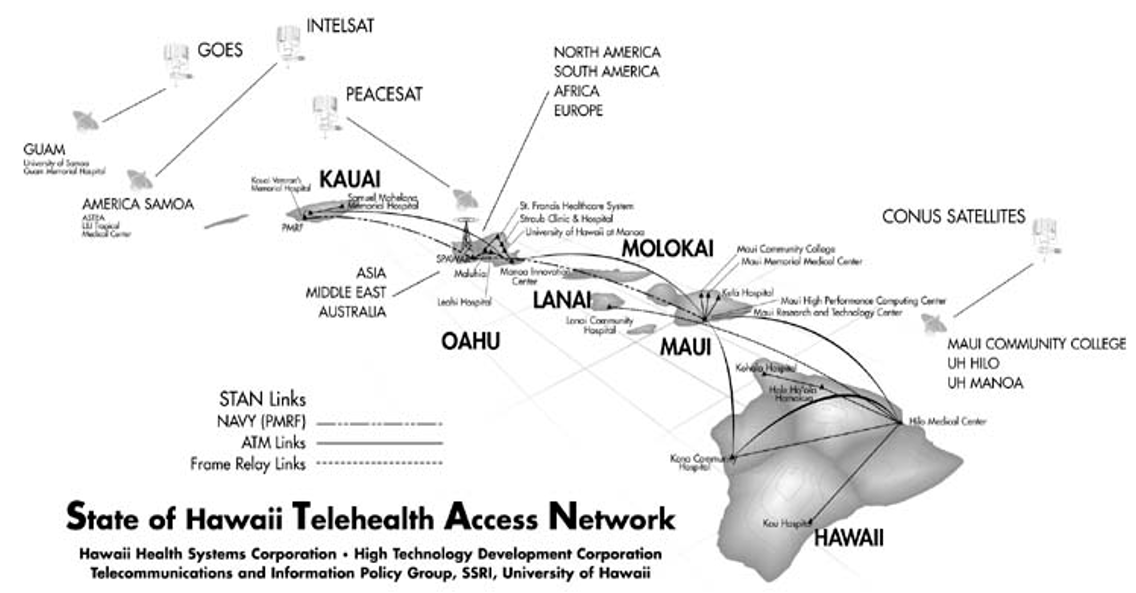
Hawai‘i State Telehealth Access Network (STAN)
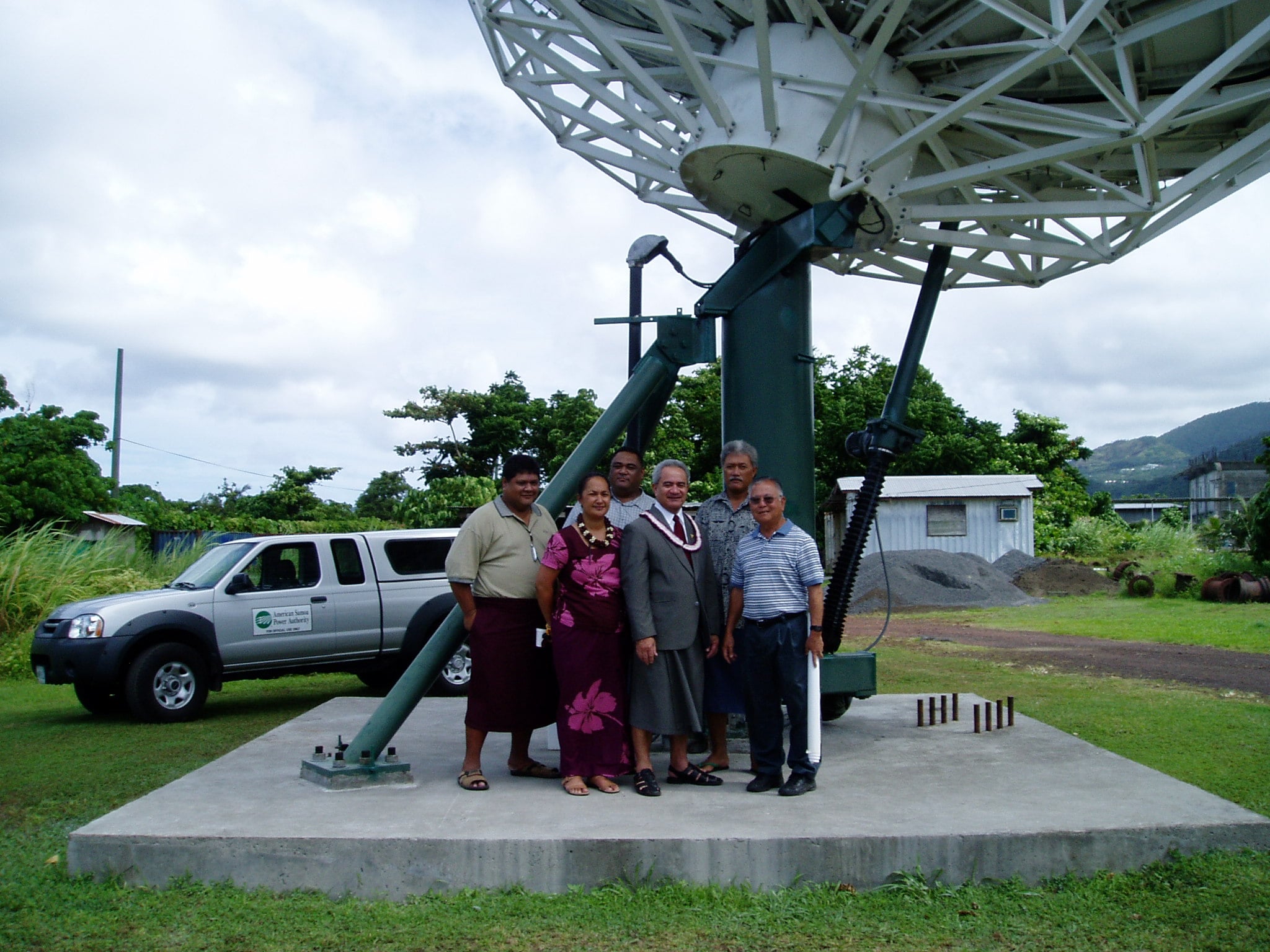
American Samoa DELTA link
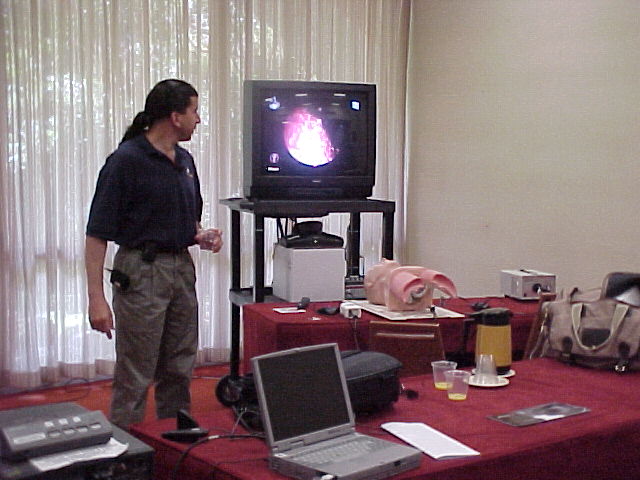
Pacific Basin Telehealth Workshop
Northwest Regional Telehealth Resource Center (NRTRC)
Hawai‘i Telehealth Collaborative
Telehealth Report to the Legislator
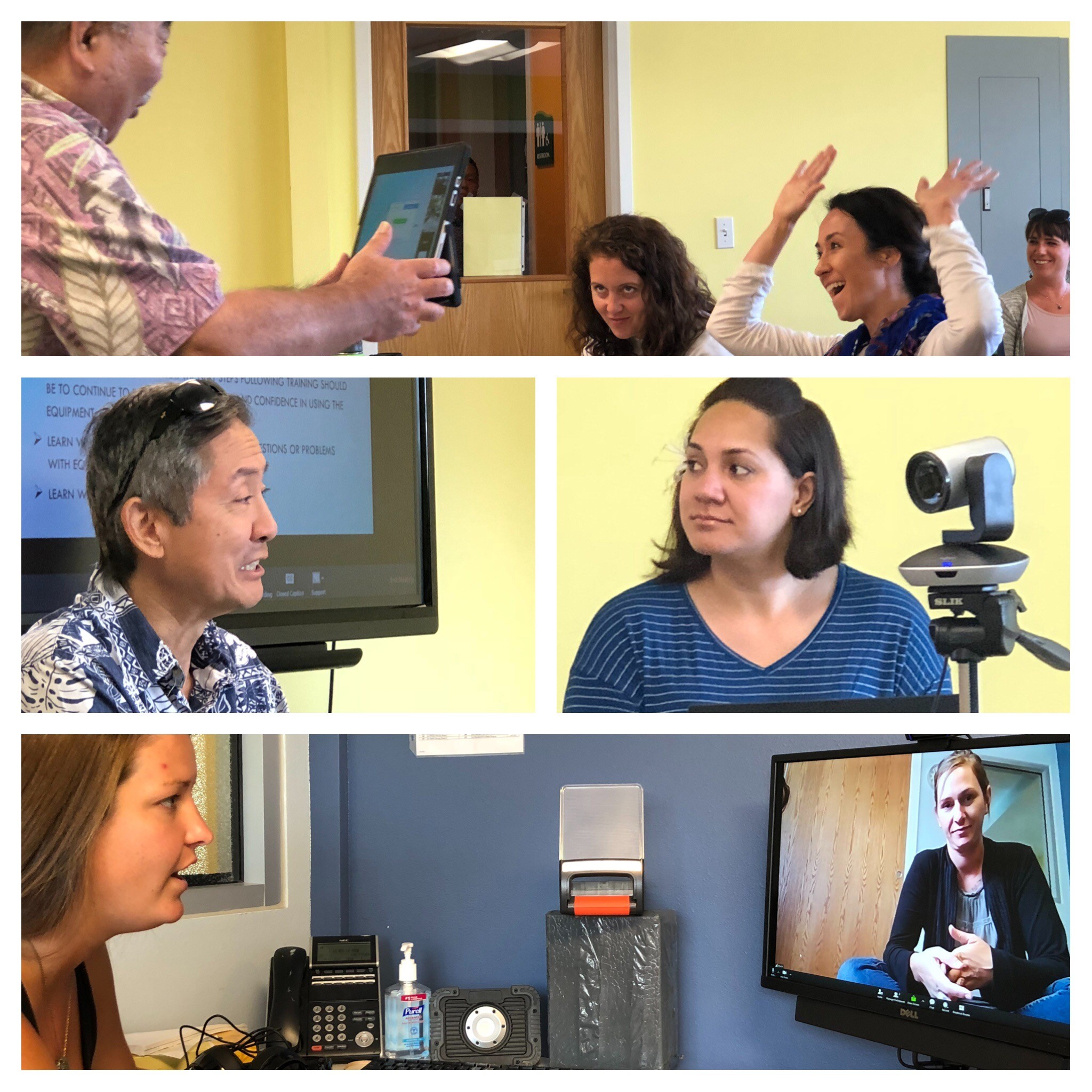
Pacific Basin Telehealth Resource Center (PBTRC)
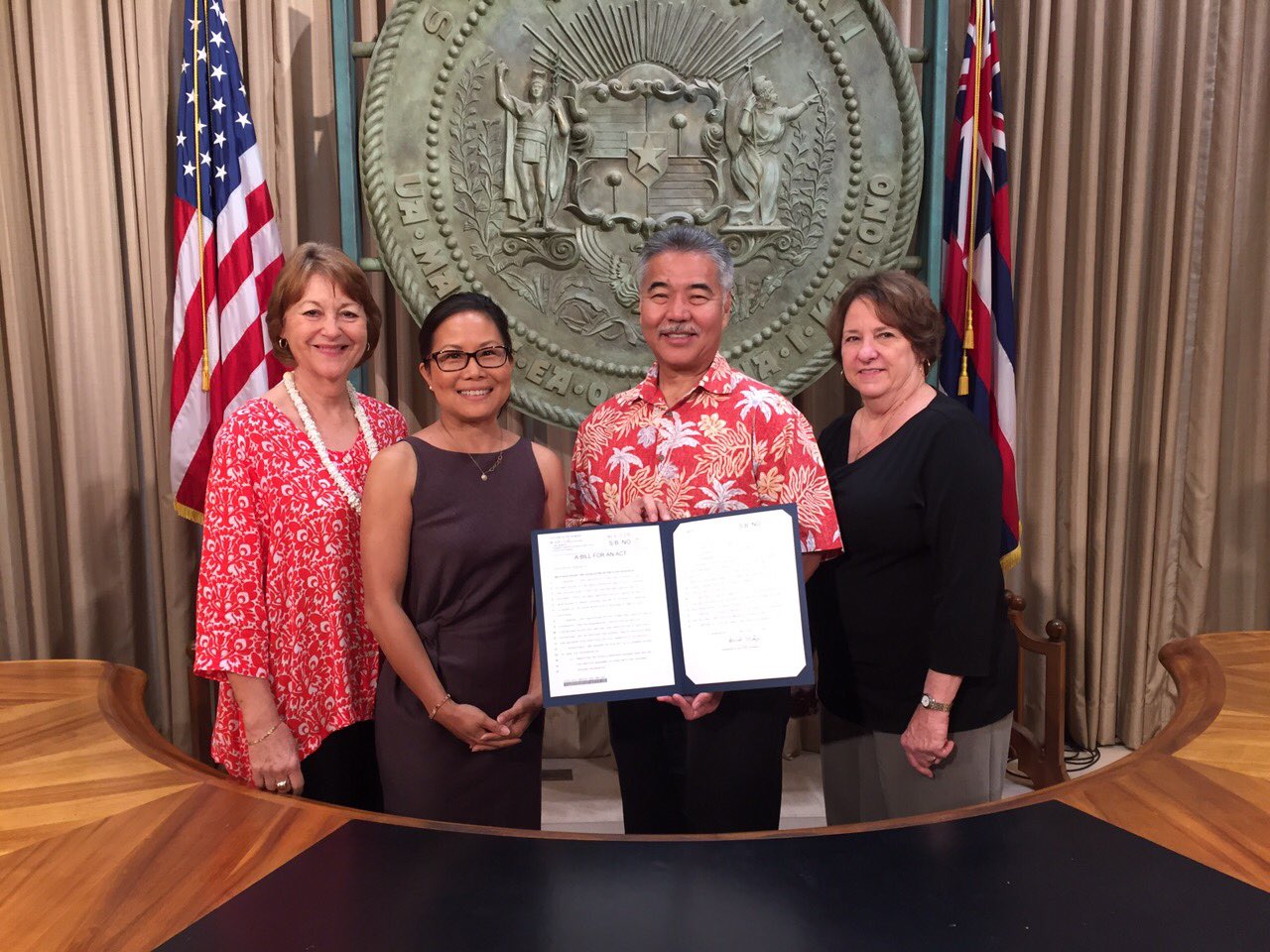
PBTRC Hawai‘i Telehealth Policy Workshop & White Paper
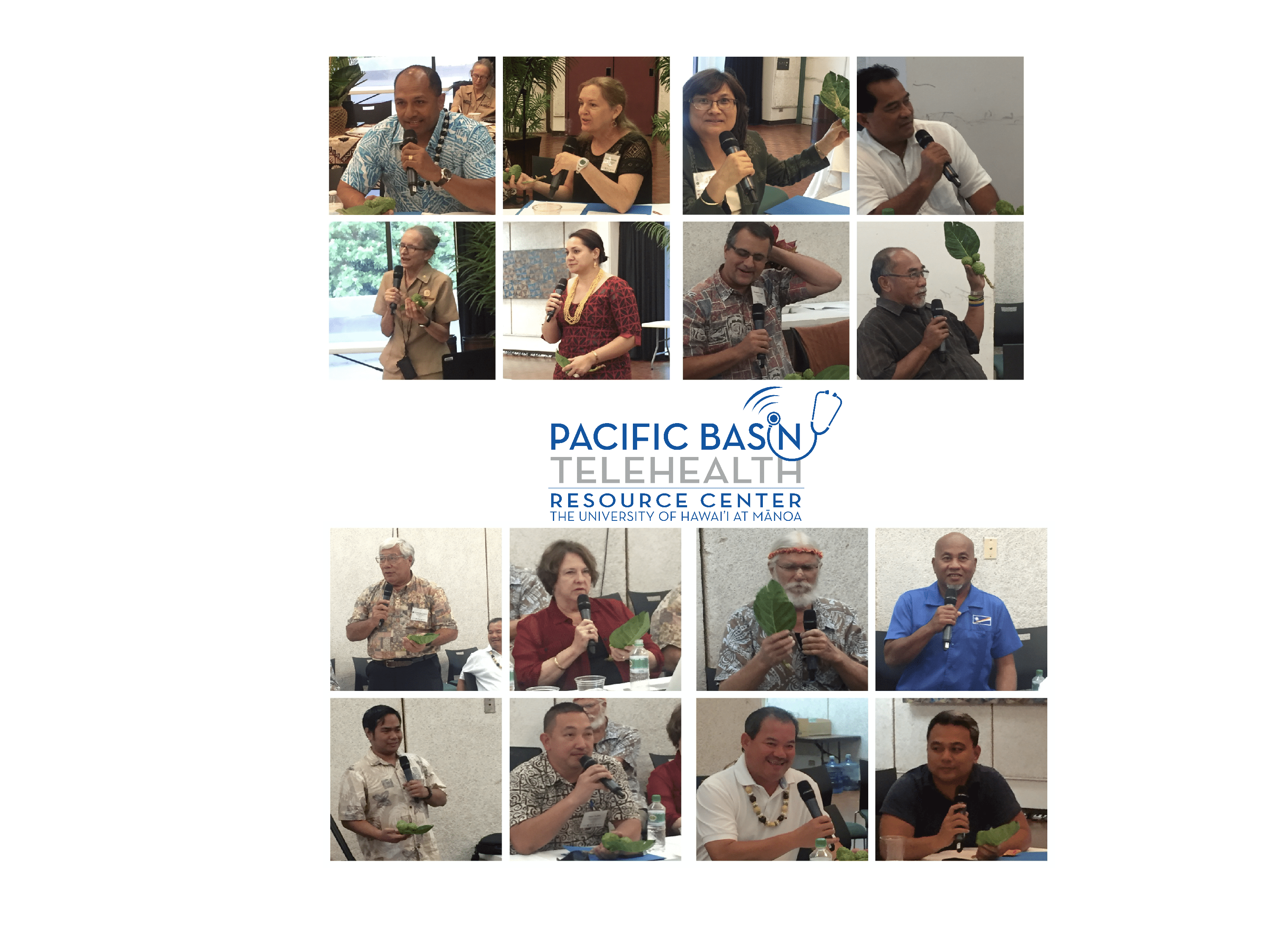
Pacific Island Telehealth Summit
Hawai‘i Telehealth Policy Summit
Hawai‘i Maternal Telehealth Summit
